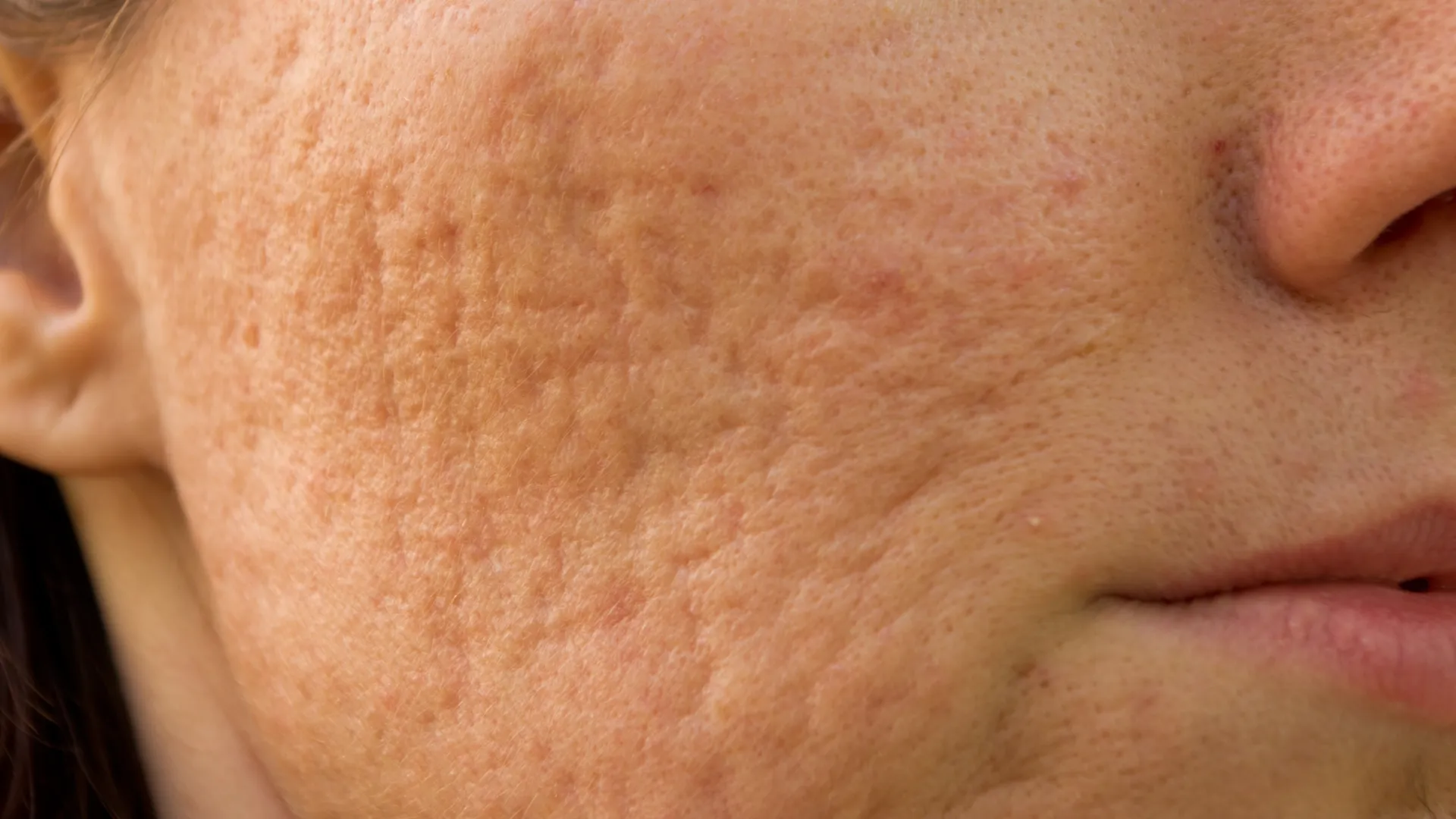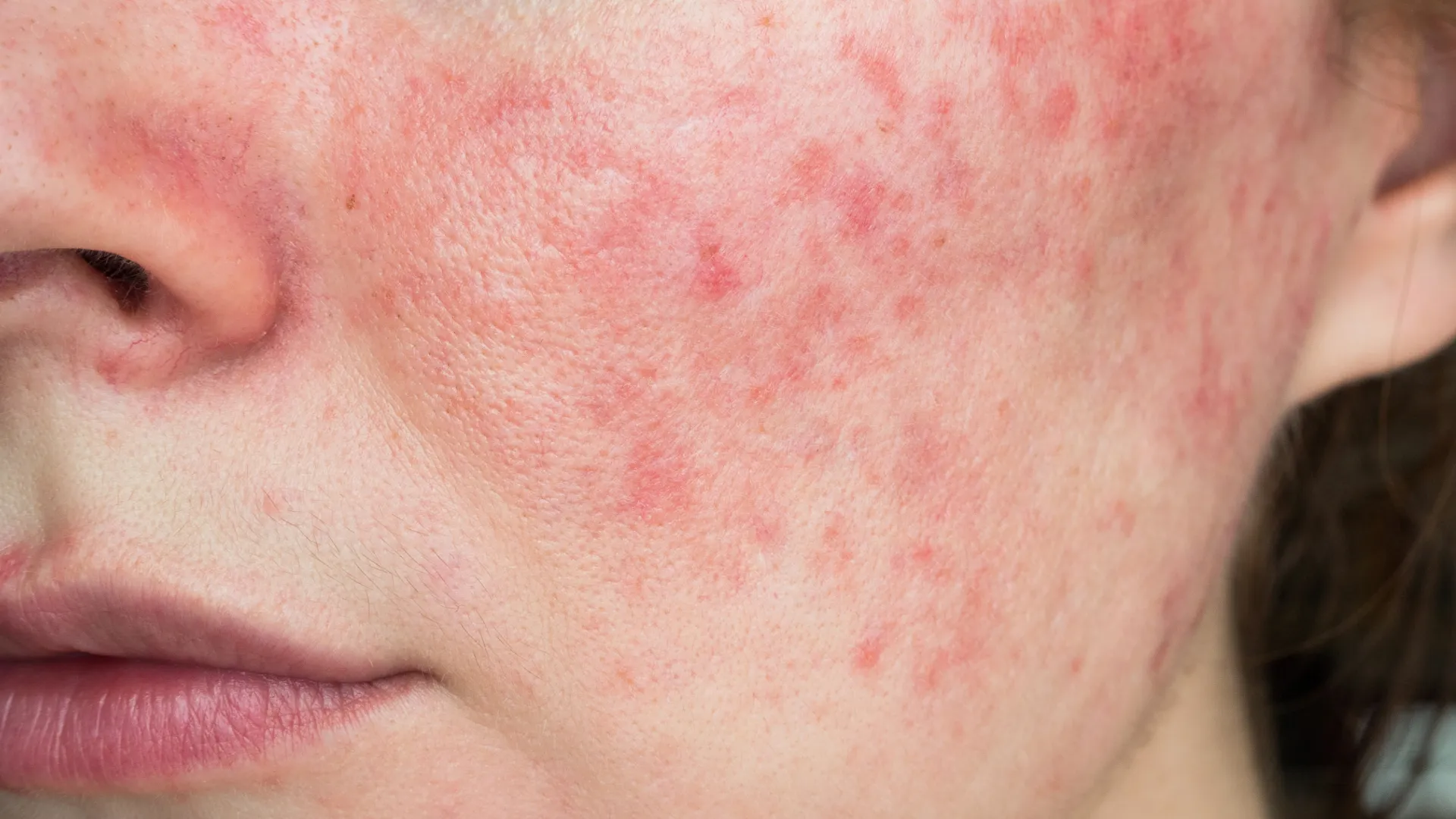Acne scars
Acne scars are a common concern for those who have experienced acne, leaving permanent marks on the skin after the lesions heal. These scars can vary in appearance and severity, often impacting self-esteem and confidence.
Types of acne scars
Atrophic scars
These are depressions in the skin and are the most common type. They can be further categorized into:
-
Boxcar Scars
These are broad, sunken scars that are usually square in shape, with well-defined edges. They are typically found on the cheeks and jawline.
-
Ice Pick Scars
These are narrow and deep, resembling small needle punctures in the epidermis. They are the most challenging to treat.
-
Rolling Scars
Scars that have a wavy texture with poorly defined edges. They occur when fibrous tissue forms between the skin and subcutaneous tissue, pulling the epidermis down. Their appearance may worsen as you age and your skin loses elasticity.
Below you can see the different types of atrophic scars:

Hypertrophic scars
These are raised scars that result when the body produces excessive collagen during the healing process. They are often thick and red.
Keloid scars
Similar to hypertrophic scars, keloid scars extend beyond the original injury site and can grow larger over time. They typically appear on the back, shoulders and chest.
Post-inflammatory hyperpigmentation
Localized skin hyperpigmentation that occurs after inflammation.
Treatment
Several treatments can help improve the appearance of acne scars.
Topical treatments
Creams and gels containing retinoids, alpha hydroxy acids, or silicone can promote skin regeneration and improve texture.
Chemical peels
These treatments involve applying a chemical solution to exfoliate the skin’s surface, helping to reduce the visibility of scars.
Microneedling
A procedure that uses fine needles to create micro-injuries in the skin, stimulating collagen production and improving skin texture. In our clinic, we use the Dermapen 4 device.
CO2 Laser
The CO2 laser can be used to resurface the skin or target deeper scars, promoting healing and regeneration.
Fillers
Temporary hyaluronic acid fillers can be injected to raise atrophic scars, smoothing the skin’s surface.
Cryotherapy
The use of liquid nitrogen can be a very effective solution for hypertrophic and keloid scars.
Prevention
While it may not be possible to prevent all acne scars, early treatment of active acne can minimize the risk. Proper skin care, including gentle cleansing and moisturizing, can help reduce the likelihood of scarring.


